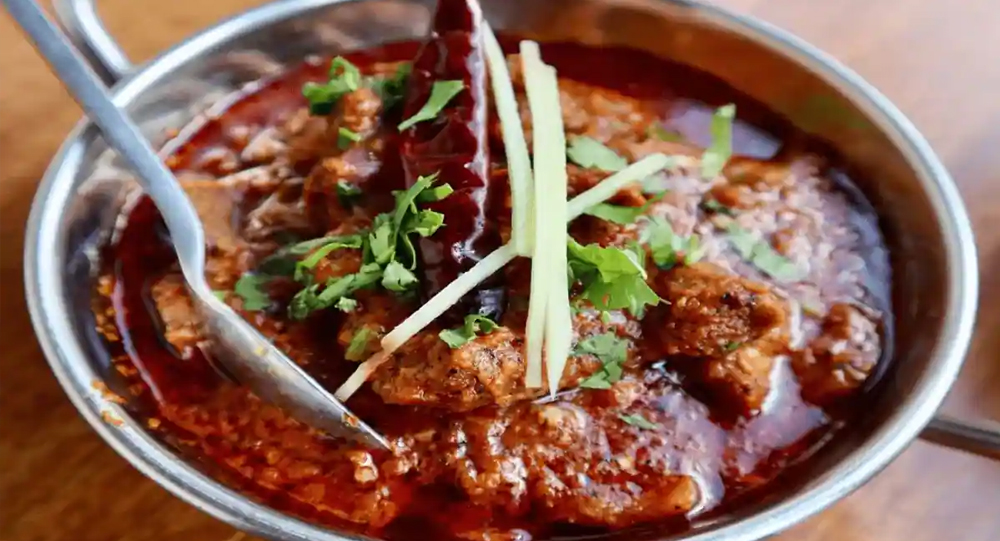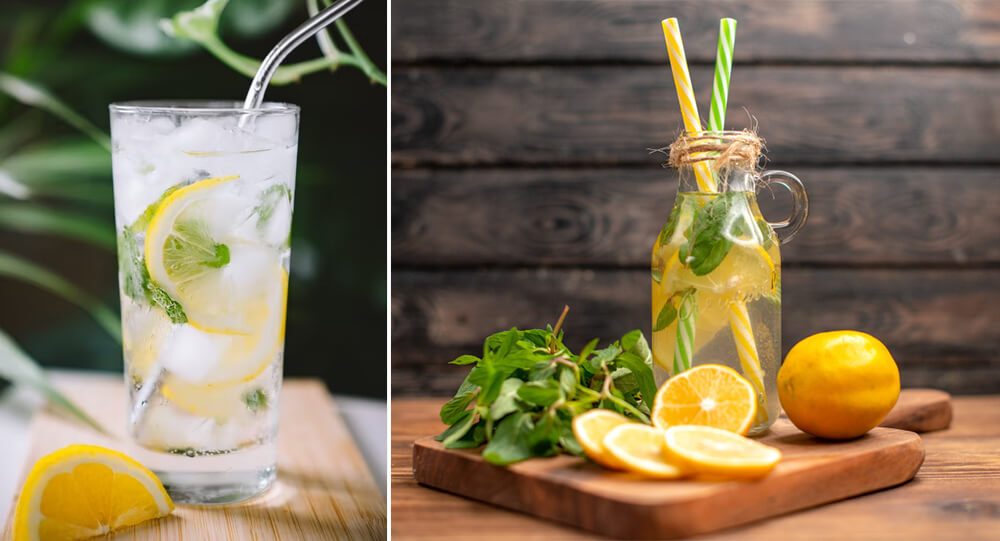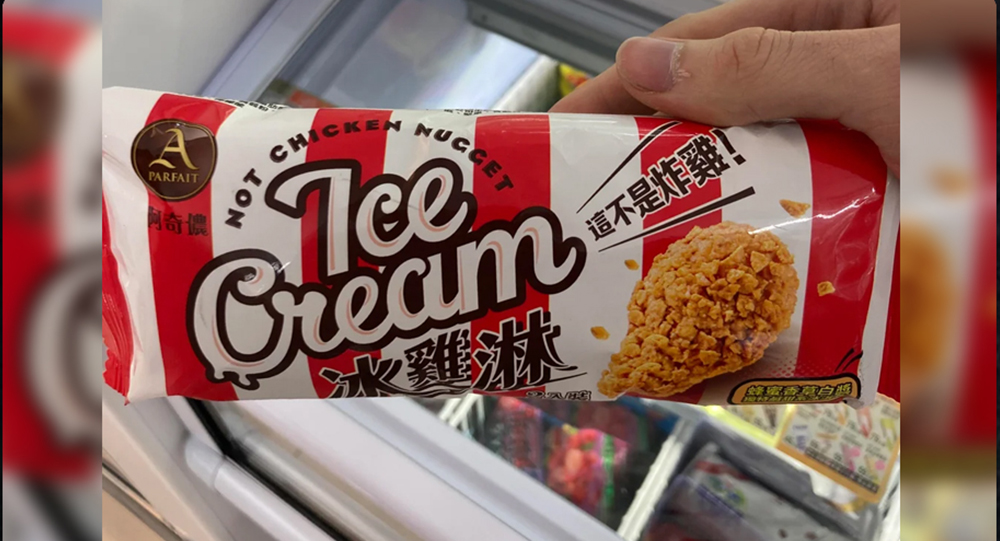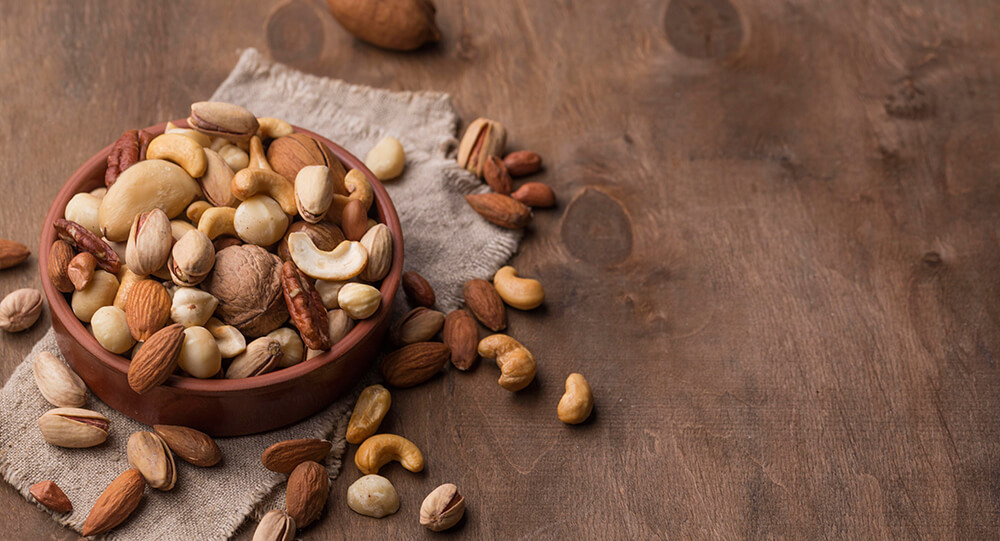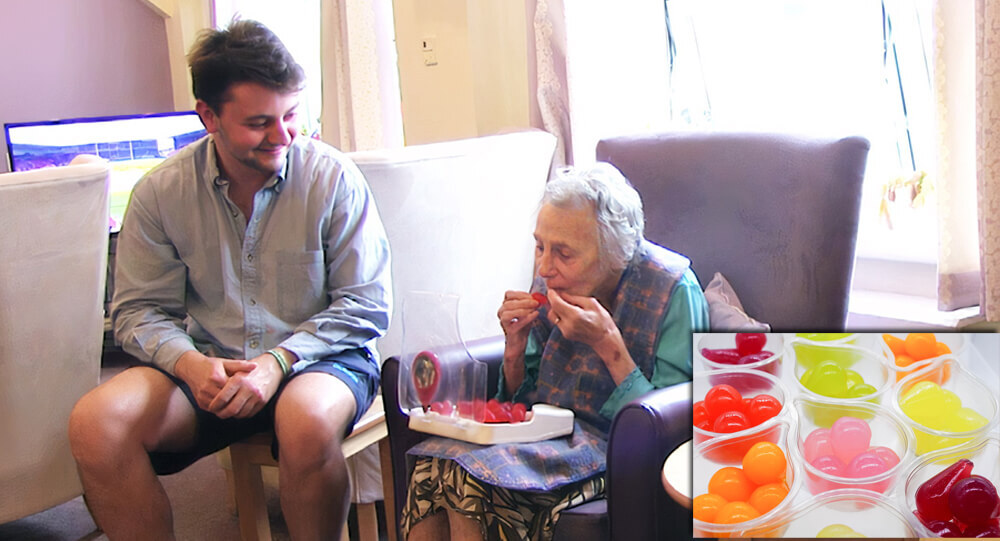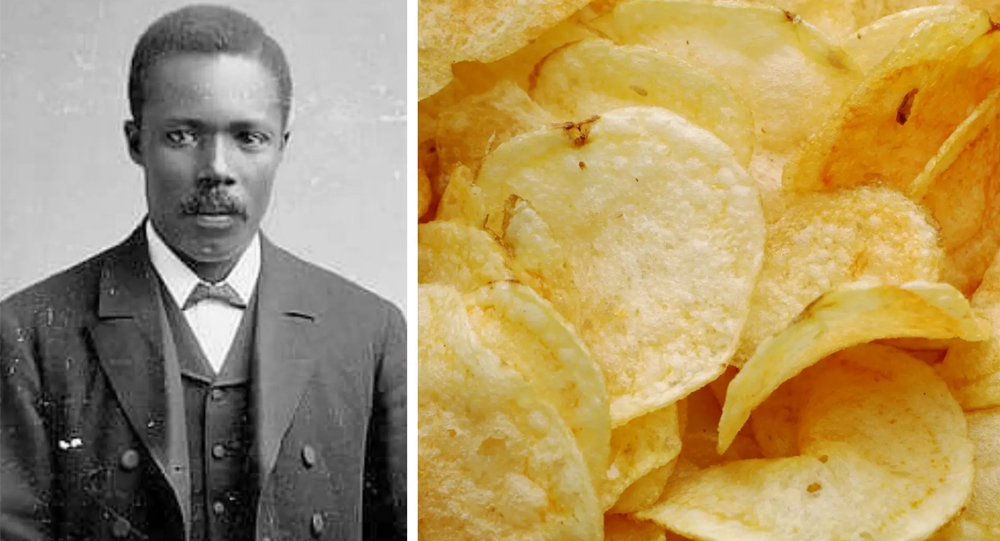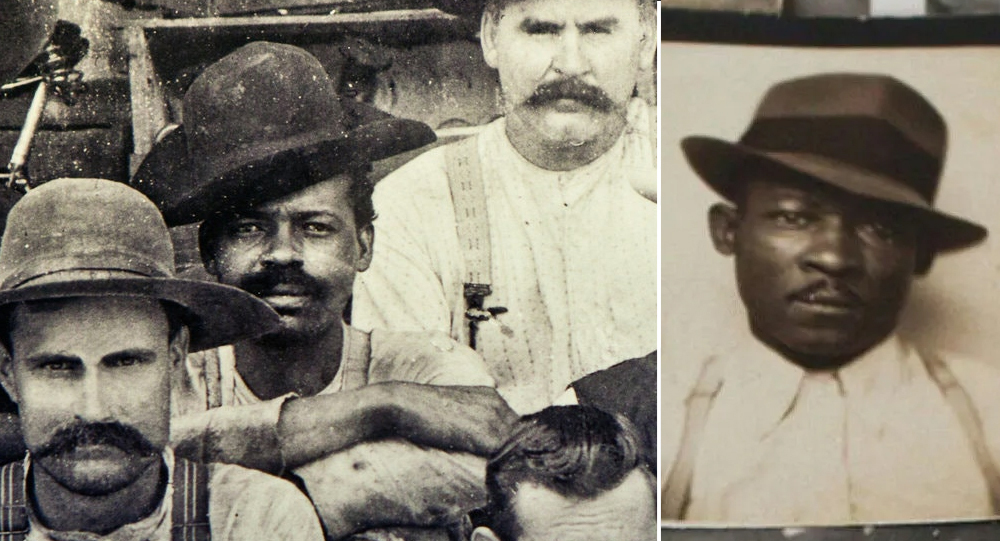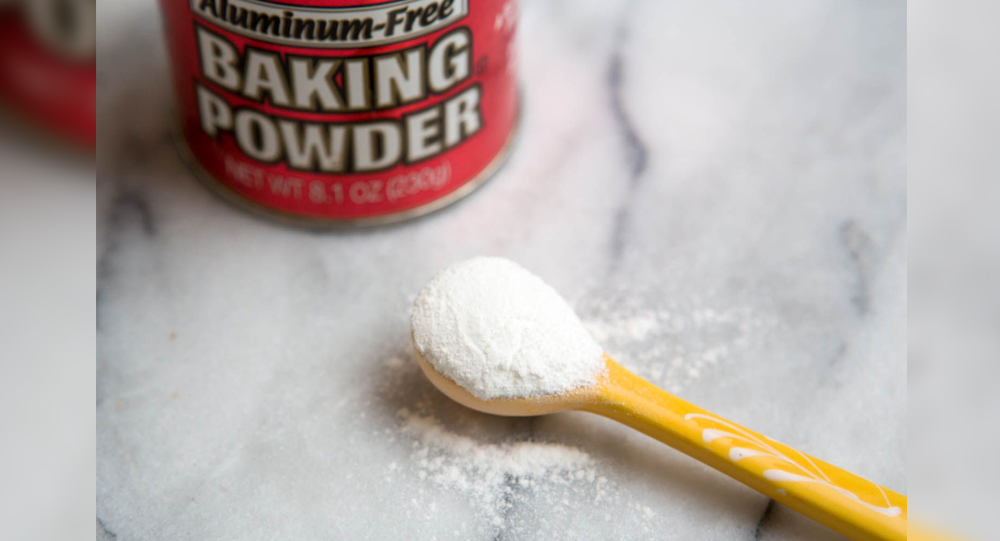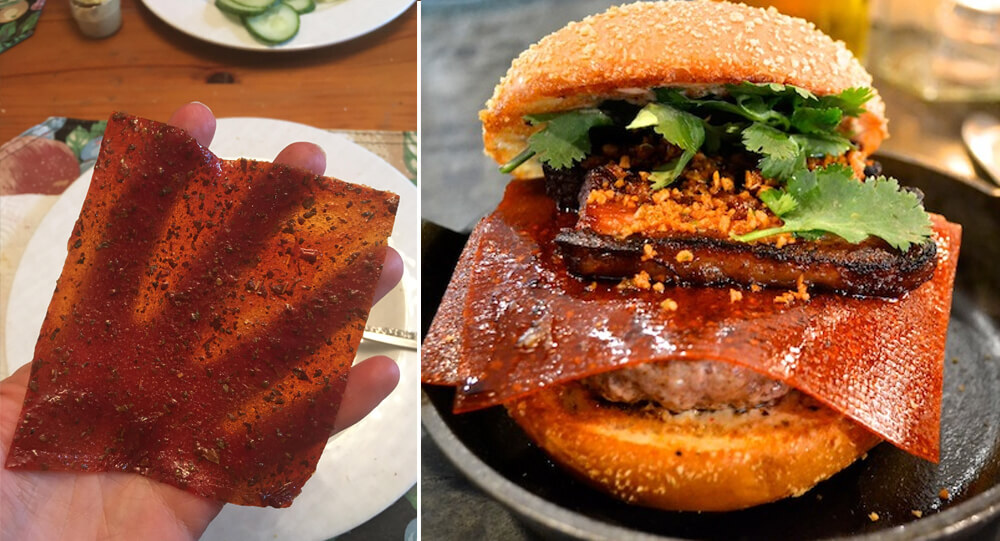
A tried-and-true method for making food lighter and more portable for the trail is to dehydrate it. Sucking the water out of your food before you leave the house makes sense because it is both heavy and one of the few ingredients that backpackers can easily find while traveling. If the results aren’t quite as good as what you’d eat at home, hunger usually makes up the difference. Examples of simple, low-effort meals include reconstituted chili or hash browns. Some foods, like banana chips, actually improve when they’re dried out.
Condiments are typically exempt from the dehydrator process; some of the most devoted ultralighters I know still travel with miniature bottles of Cholula. I had my doubts when I first read the phrase “ketchup leather,” so.
Say it with me now: leather ketchup. Like the dried sauce ring around the rim of an old Heinz bottle, the phrase is utterly disgusting. In all honesty, it sounds more like something kids on TikTok would eat as part of a dare to gain more followers than like something you would bring on a hiking trip.
Unexpectedly, ketchup leather’s origins are in high-end eateries like Los Angeles’ Plan Check, where former chef Ernesto Uchimura first used squares of it to prevent his burgers from sogginess. Today, you can purchase it already prepared and wrapped in plastic like sliced cheese if you want to recreate that fine dining experience at home.
But how effective is ketchup leather? There is only one way to learn. I have a duty to prepare and consume strange joke foods that nobody else wants to at Backpacker. I gathered my equipment.
Many ketchup leather recipes can be found online, but they all basically call for spreading ketchup in a pan and baking it at 200°F until it reaches the right consistency. Most people advised flavoring the sauce with more ingredients. I added a pinch of chili powder and a squeeze of lime to spice up mine, put it in the oven, and then sat down to wait.
My ketchup leather was cool, sliced, and ready to go after three hours and change. I was left with a dark red, tacky-to-the-touch sheet that resembled a cross between a Fruit Roll-Up and a stain you might find on your T-shirt after a barbecue. I chose to rip a piece up and mix it with hash browns, one of my preferred breakfast foods when I go hiking.
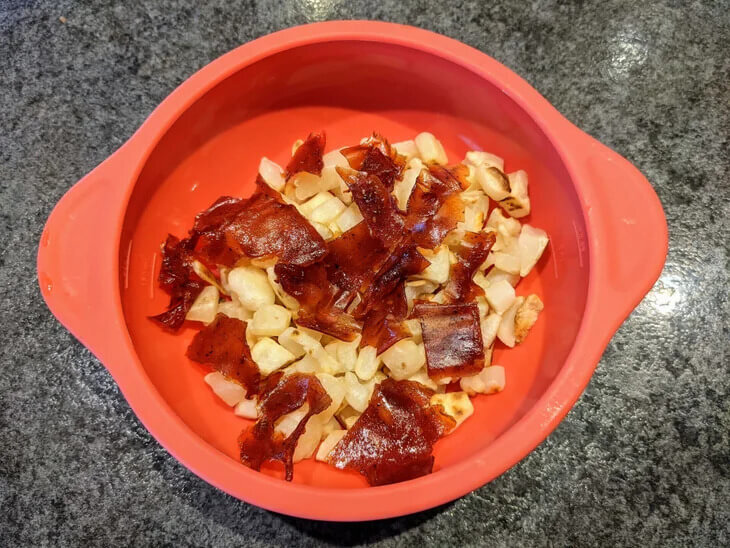
It was probably okay. The leather was softened by the heat of the potatoes, and the flavor of the ketchup was instantly recognizable (with a little extra zing from the chile and lime). To bite into a piece of it and taste tomato and vinegar was very unappealing because I usually associate that gelatinous chewiness with candy or fruit leather. It took me some time, but I managed to transform a piece of the leather into something that resembled chunky ketchup with a splash of hot water and lots of stirring. The ketchup leather tasted awful when I tried to eat a piece of it straight, like fruit leather.
Perhaps ketchup leather can be made to work with a chef’s skill, just like caviar or truffles, but my taste test was underwhelming. If the thought of dehydrated ketchup excites you, I can assure you that it isn’t quite as awful as it sounds. For everyone else? It will be better for you to bring the genuine article.
Recipe: Ketchup Leather
Yields: 4 slices
Prep time: 10 minutes
Total time: 3 hours 10 minutes
Ingredients:
- ½ cup plus one tbsp ketchup
- Dash chili powder
- Dash lime juice
- Set the oven to 200 °F. With parchment paper, line a 9-inch by 9-inch baking dish, leaving a little extra on the edges to aid in lifting it out.
- Ketchup, chili powder, and lime juice should all be combined; season to taste. Spread uniformly across the dish’s base. for three hours.
- Cool after carefully removing the parchment paper from the dish. Once cool, carefully use a knife to loosen the edges of the ketchup leather, peel off the parchment paper, and cut into squares. Serve on anything your flavor-craving heart desires, including wraps, burgers, hash browns, and more.

World’s Spiciest Foods: Dare to Try These Fiery Delights?
From blazing hot chili peppers to dishes that ignite your palate, the world’s spiciest foods challenge even the bravest eaters. Explore iconic fiery dishes, legendary chili varieties, and surprising facts about what makes these culinary infernos so irresistible—and so intense.

What is the story behind Wrigley chewing gum?
Wrigley's was originally a soap company that gifted baking powder with their soap. The baking powder became more popular than the soap so they switched to selling baking powder with chewing gum as a gift. The gum became more popular than the baking powder so the company switched to selling gum.

Can lemons really prevent kidney stones?
Drinking lemonade helps keep kidney stones from forming. Useful if you are prone to kidney stones. Lemons have the highest concentration of citrate – a natural inhibitor of kidney stone formation – of any citrus fruit. In a recent study conducted by Sur, lemonade therapy – drinking four ounces of reconstituted lemon juice in two liters of water per day – was shown to decrease the rate of stone formation from 1.00 to 0.13 stones per patient.

Japan’s Chicken-Flavored Ice Cream: The Bold Fusion of Sweet Vanilla and Real Grilled Chicken
A Japanese company once created chicken-flavored ice cream using real grilled chicken bits mixed into vanilla. It combined sweet and savory in a way few dared try, but it drew curiosity from foodies seeking extreme culinary experiences.

Food for brain power
Paying attention to your diet can truly pay off, whether you want to optimize your nutrition during exam season or stay bright in your next business meeting. Although there is no specific 'brain food' that will prevent you from age-related illnesses like Alzheimer's or dementia, thinking about what you eat can help you acquire the nutrients you need for cognitive health and mood.

Grandson Invents Award-Winning Water Candy ‘Jelly Drops’ To Help Grandma With Dementia
A grandson invented an award winning Water Candy "Jelly Drops" to help Granda with Dementia. This Jelly Drop are 95% water, have extra electrolytes, sugar-free, and are popular among seniors, persons with Alzheimer's, and other people who have struggle staying hydrated.

The Surprising Story of How Potato Chips Were Accidentally Invented
In the summer of 1853, a customer’s relentless complaints about soggy French fries pushed chef George Crum to slice potatoes incredibly thin and fry them until they were crisp enough to annoy. Ironically, his prank backfired when the diner loved the crunchy new creation, unknowingly sparking the invention of the potato chip—a snack that would grow into a global culinary phenomenon worth billions today. This article delves into the origins of the potato chip, the man behind it, and the lasting impact on food culture worldwide.

Nearest Green, America's first known Black master distiller
Nathan "Nearest" Green was an African-American head stiller who is now more frequently referred to as a master distiller. He was renowned for imparting his distilling knowledge to Jack Daniel, the creator of Jack Daniel's Tennessee whiskey distiller, after Jack Daniel was freed from slavery following the American Civil War.

How Love Led to the Invention of Baking Powder in 1843
In 1843, English chemist Alfred Bird created baking powder, an invention born of love and necessity. His wife, Elizabeth, suffered from allergies to eggs and yeast, common ingredients in baking at the time. Determined to make delicious, yeast-free bread for her, Bird developed a chemical leavening agent that revolutionized baking forever. This article explores how love inspired innovation, explaining the science behind baking powder, its early history, and its profound impact on modern cooking.
